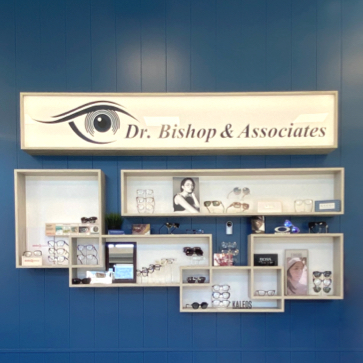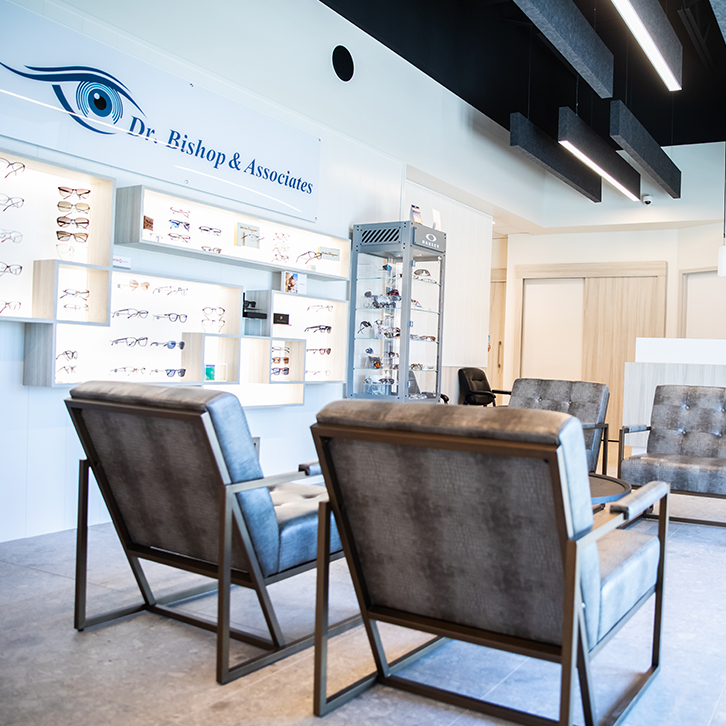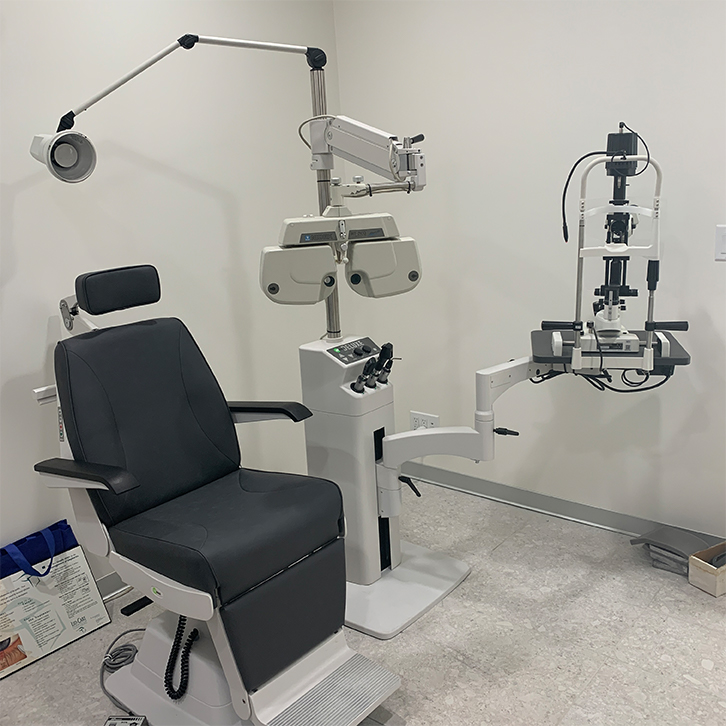If you have visited your optometrist for an eye exam to check the health of your eyes, they may have noticed signs of myopia. Also known as nearsightedness, myopia can be frustrating if left uncorrected.
Luckily, specific contact lenses have been developed to control the progression of myopia. Keep reading to learn how you can limit the effects and progression of myopia with the right type of contacts.
What Are Myopia Control Lenses?
Before learning how to control myopia (nearsightedness), it is important to understand what it is exactly.
Myopia is the most common cause of impaired vision for those under 40. This common refractive error makes distant objects appear blurry and out of focus. Myopia is caused by your eye being misshapen, not allowing light to focus on the retina.
Common symptoms of myopia include:
- Blurry vision when looking far away
- Squinting to see clearly
- Eyestrain
- Headaches
- “Tired” eyes
- Difficulty driving
If you’re suffering from the symptoms above, book an appointment for an eye exam.
While myopia cannot be cured, some techniques can be used to reduce its progression. These techniques include wearing a specific type of contact lens. Certain contact lenses can correct your vision and help to control the escalation of myopia.
Controlling myopia is especially important for children. If not managed correctly, myopia can cause a heavy prescription when they’re adults.

How Contacts Control Myopia
When correcting myopia, it is common for patients to either wear glasses or contacts. Using prescription glasses or contacts adjusts the light as it enters your eye, allowing you to see clearly.
By using specific types of contact lenses, patients can potentially correct the shape of their eye, lessening the effects of myopia. As well, some of these contact lenses can reduce the strain that affects your eyes with myopia.
It is important to note that these contact lenses do not cure the effects of myopia, they only have the ability to reduce its progression.
Types of Myopia Control Lenses

Before purchasing the contact lenses below, it is important to visit your optometrist for an eye exam and proper fitting. Completing these steps will ensure you’re able to safely and comfortably wear these contacts.
Ortho-K
Orthokeratology (Ortho-K) contact lenses are designed to reshape your eyes overnight. When the patient wakes up, they remove the contacts and enjoy their recently corrected vision for the whole day.
Throughout the day, your eyes will slowly revert to their past shape. This makes the Ortho-K contact lens treatment not permanent. For the best results, Ortho-k lenses should be worn every night.
Ortho-K lenses will fit most patients with mild to moderate nearsightedness. If the patient is a child who is not yet old enough for laser eye surgery but doesn’t want to wear glasses, Ortho-K contact lenses are a great option.
Interested in Orthokeratology treatment? Book an appointment today.
MiSight 1 day
Designed for children, MiSight 1 day contacts are disposable lenses. These lenses are proven to slow the progression of myopia.
With MiSight 1 day lenses being designed for children, they are made to be easy to use (especially for children who haven’t previously worn contacts).
Children rely heavily on their vision to learn. Roughly 80% of what children learn is visual. MiSight 1 day contact lenses are a great option for your child to still see clearly while not having to wear glasses.
Interested in MiSight 1 day for your child? Book an appointment today.
Multi-Focal Contact Lenses
Offering a more versatile purpose, multi-focal contact lenses allow you to see clearly at all distances. These lenses use different corrective powers in different margins of the lens, correcting light as it enters your eye.
Not only do multi-focal contact lenses correct your vision from day to day, but they are also incredibly effective for myopia progression control.
Multi-focal contact lenses are designed in two different ways, simultaneous vision designs and segmented designed.
Simultaneous vision designs have specific regions dedicated to seeing near and far. Depending on what you’re trying to see, your eyes will use the area of the contact that is designed to make that image clear.
Segmented designs are more similar to bifocal glasses. Within the lens, there are layered sections for viewing objects at different distances. These contacts are also sometimes called alternating or transitioning designs.
Interested in Multi-focal contact lenses? Book an appointment today.
How to Choose the Right Lenses for You
Selecting the right contact lenses for myopia control involves considering factors like comfort, lifestyle, and eye health. Soft lenses, such as MiSight, are ideal for children and young adults due to their comfort and ease of use. Orthokeratology (Ortho-K) lenses reshape the cornea overnight and are a good option for those seeking a non-surgical daytime solution.
When choosing, consult an optometrist to assess your eye’s shape, prescription, and specific needs to recommend the best type. Proper care and regular check-ups will help ensure long-term effectiveness and comfort.
Controlling Myopia
Even though there is no effective treatment or procedure to cure myopia, it can (and should) be controlled. If action is not taken, the effects will only continue to worsen, creating new issues in your vision. If proper myopia management is not taken, there is potential for vision loss, retinal detachment, myopic maculopathy, glaucoma, and cataracts in the future.
If you’re suffering from the symptoms of myopia, it is best to have an eye exam as soon as possible. If you’re looking to better control your myopia, the contacts above may be an effective treatment for you.
Interested in learning more about the contact lenses we offer to control myopia? Book an appointment with us today!



















